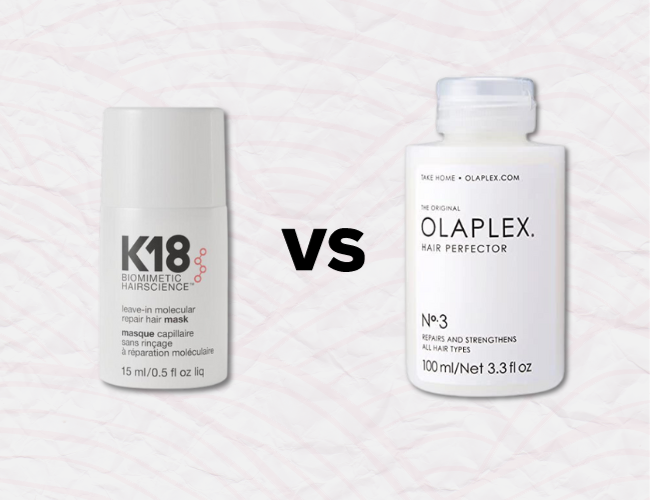
In a space of five minutes in the roughly 12:30-minute presentation on CVS Health at the 42nd annual J.P. Morgan Healthcare conference in San Francisco on Monday, Karen Lynch said a version of the word “transparency” six times.
No surprises for guessing they were all largely in the context of pharmacy benefit management and pharmacy reimbursement models.
“… we introduced CVS Caremark TrueCost, which is a new PBM model that will be available to our customers and our clients that strives for greater transparency for our consumers and offers a simplified pricing model,” Lynch said, underscoring what concrete steps the company is taking amidst withering scrutiny of PBMs.
CVS Caremark expects to launch the TrueCost model for pharmacy reimbursement in 2025.
Unless you have been living under a rock, you are aware of that the pharmacy benefit management market is dominated by only three companies: Cigna’s Express Scripts, UnitedHealth Group’s OptumRx and CVS Health’s Caremark business. In fact these three PBMs alone have cornered 80% of the market and have come to be accused of anti-competitive behavior and opaque business practices that drive up drug prices. The Federal Trade Commission has been investigating these 3 companies as well as three more — Humana Pharmacy Solutions, Prime Therapeutics and MedImpact Healthcare Systems. A report from the FTC is expected this year.
CVS Health’s moves at greater price transparency is occurring within this context of federal and Congressional efforts to rein in the industry. Lynch added that CVS Health is also attempting to have price transparency in how it reimburses pharmacies. She spoke about this at some length.
We announced in December that we’re introducing CVS CostVantage, a new pharmacy reimbursement model anchored in transparency and simplified drug pricing. We believe it’s the right time to change the pharmacy reimbursement model, and this change will offer a more sustainable pharmacy business for us. Under this model, pharmacy reimbursement will be based on simple transparent formula built upon the underlying cost of the drug, plus a defined markup and a patient management fee. We’ll transparently pass through improvements that we receive on our drug acquisition costs.
We will also remove any cross subsidies that exist today, which will align our pharmacy reimbursement to the underlying cost of our business and will allow our pharmacies to be reasonably compensated for the care and for the value that they provide. We’ve already begun engaging with our PBM partners announcing the model and initial conversation have been quite positive. I do want to emphasize that this model is not shifting value from the PBM to the pharmacy. It’s increasing the transparency around the value that the pharmacy drives for PBM clients. As they’ve always done, we expect that PBMs, including Caremark, will continue to thoughtfully incorporate network savings into their contract agreements with their clients while preserving PBM margins.
This type of model — where pharmacies are reimbursed based on the cost of a drug plus a limited markup and a flat fee to cover the cost of dispensing the medication — has come to be known as the cost-plus model. This model is reportedly used by Mark Cuban’s Cost Plus Drugs, which offers low price generic drugs delivered right to people’s homes.
Another retail health and pharmacy chain CEO at the conference also addressed transparency in drug pricing, although his company doesn’t own an PBM in the way competitor CVS Health does.
“We do have, particularly in Medicare Advantage, we do have cost plus arrangements today because it makes it easier for the PBM or the health plan to administer their retail benefit,” said Tim Wentworth, CEO of Walgreens during his fireside chat with J.P. Morgan healthcare analyst Lisa Gill.
Meanwhile, some companies are taking a completely different route altogether in whatb appears to be efforts to make PBMs irrelevant. Among the novel healthcare announcements that Eli Lilly made last week, was that the drug company was launching LillyDirect Pharmacy Solutions, a digital pharmacy for certain Lilly medicines powered by third party online pharmacy fulfillment services. These medicines will largely be directed at patients battling obesity, migraine and diabetes. By ordering directly from Lilly, patients who qualify would be able to tap into savings that would be automatically applied during checkout. Lilly is also offering free shipping.
If different entities do indeed commit to transparency and launch new initiatives, the word might become omnipresent in healthcare conversations in 2024 and beyond.
Photo: Getty Images, monique28



